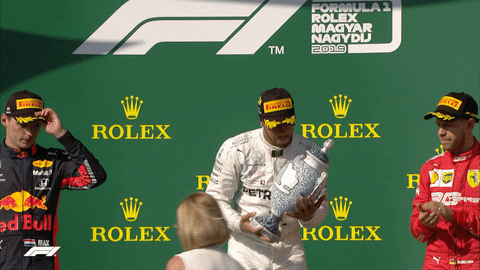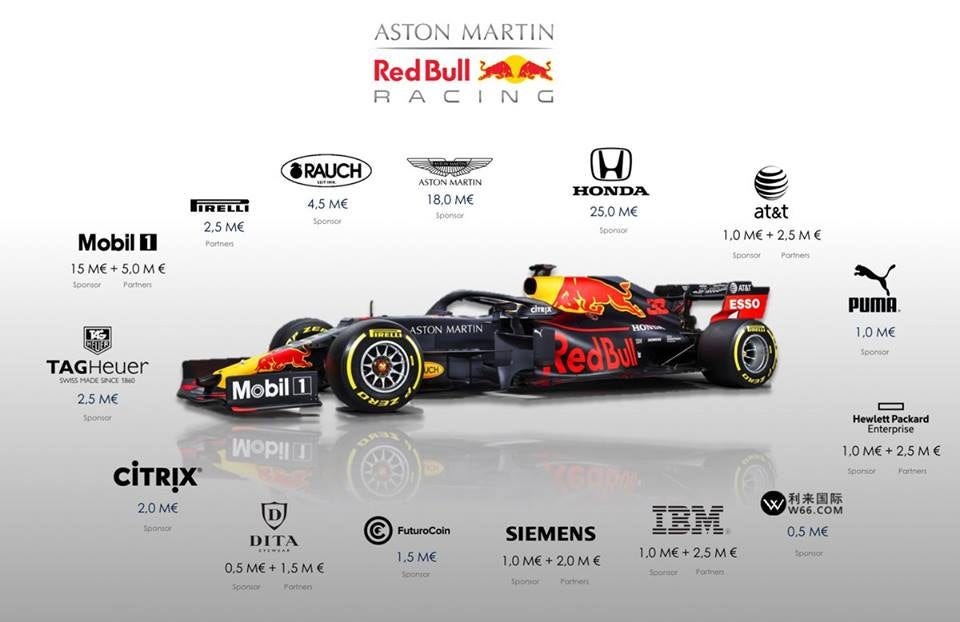The Economics of Formula 1
and how it became widely popular
Sports, Tech, Biz is a weekly newsletter that features insights and analysis of the sports business. If you are not already a subscriber, join 1,000+ founders, investors, and professionals who read it every week:
The Economics of Formula 1
Car racing was born in the pre-World War II era, and Bernie Ecclestone founded the official F1 championship in 1950.
Back then, cars used to be quite similar to road cars, and for many years, the technical evolution of F1 cars’ was restricted to the improvement of combustion engines.
The technological evolution of racing cars’ was introduced during the era of aerodynamics (after 1970) and electronic systems (after 1980).
The acceleration of sports car innovation came in the mid-’90s when engineers used computer simulations and analytics to optimize performance and increase the pilot's safety.
Today, you can find the most advanced, sophisticated, and agile land-based vehicles at Formula 1 competitions.
The F1 is considered the “mecca” of motorsports competitions, and the multibillion-dollar business involves some of the top professionals in automotive engineering and design.
Every season goes from March to October. The competition consists of 22 races in different venues and regions. Each race awards the various positions with points, and the driver with the most points at the end of the 22 tracks wins the championship. There are ten teams, and teams also compete by accumulating the points gained by their drivers.
Like in any other entertainment sport, the operations of the F1 championship carry high costs.
The average spending budget per team per season is around 300 million USD. That means that revenues must exceed 3 billion USD annually, to be profitable.
Who pays for a Formula One race?
Three main groups pay for a race:
Taxpayers. The government of the region pays to hold the race.
Motorsport lovers. People who pay for tickets, merch, or anything related to the event.
Sponsors and private firms. Firms that partner up with the events to fund the remaining part of the required investment.
Why would a government pay to host such an event?
For any region, hosting such an event has multiple positive effects. For example:
To earn revenues from tourism.
To employ the local community.
To involve different industries, such as construction, lodging, and catering.
How are teams financing their expenses?
Teams cover 70 to 90% of their expenses through commercial sponsorships and the remainder from prize money, owners’ investments, merchandising, and TV rights.
Check out the following diagram of a Red Bull F1 racecar, surrounded by some of the sponsors and partners that contribute to their revenues:
Competitive Nature of the F1
The difference between the quickest and slowest car on an F1 circuit is around 1.5 seconds in an average lap time of 90 seconds.
That’s only a 1.3% difference in performance between the “best” and the “worst” car!
That statistic is one of the reasons why this sport is so competitive.
The competition has developed into a “technological war” as the teams search for the advantage to defeat their opponents.
Generations of fans have admired F1 pilots because they survive in vehicles driven at speeds that are usually double the legal maximum speed on most highways worldwide.
Besides the fact that racing at high speeds has a high risk of injury or death, during the 2-hour races, drivers lose an average of about 4 kilos per race. Mind=Blown 🤯.
Conclusion
Similar to what we studied back in the sports apparel article, we can see that multiple disciplines in the sports industry are continually looking for technological innovations to optimize performance and increase safety.
A great thing about sports is that its constant need for innovations pushes science forward, and those innovations make the world a better place.
The size of the F1 business is extraordinary, and the fact that it contributes to many regional economies and communities makes it very appealing.
What I find most intriguing about the F1 is its competitive nature. Such small margins between cars require nothing less than perfection in execution.
The value of a starting position, type of tires, car adjustments, and other hundreds of tiny factors during a race determine the difference between a winner and a loser.
Next time you wonder why people go so crazy about F1 races, come back to this article and reread it!






